The breeding of certain goldfish is one of the most demanding of all breeding activities – if it is done consciously. This is because characteristics such as coloration, finning, eye and skin changes in goldfish are usually not controlled by a single gene, but by several genes. This also affects the expression, i.e. larger or smaller fins and, for example, the size and extension of the hood. The mating of two visually similar parents therefore often results in only a small proportion of young animals that really look like their parents. There are also stable inheriting goldfish, such as the black telescope, also called black demekin or black moor, but this is rather rare. After all, the characteristics of goldfish, which have resulted from spontaneous genetic changes (mutations) over the centuries of breeding, theoretically allow hundreds of different breeds to be bred. In most cases, however, it is only individual animals that deviate significantly from the familiar forms.
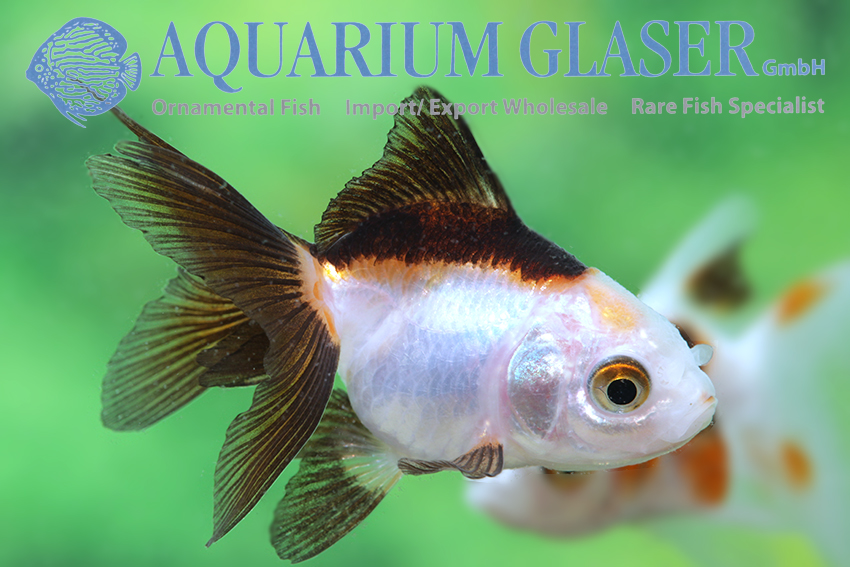
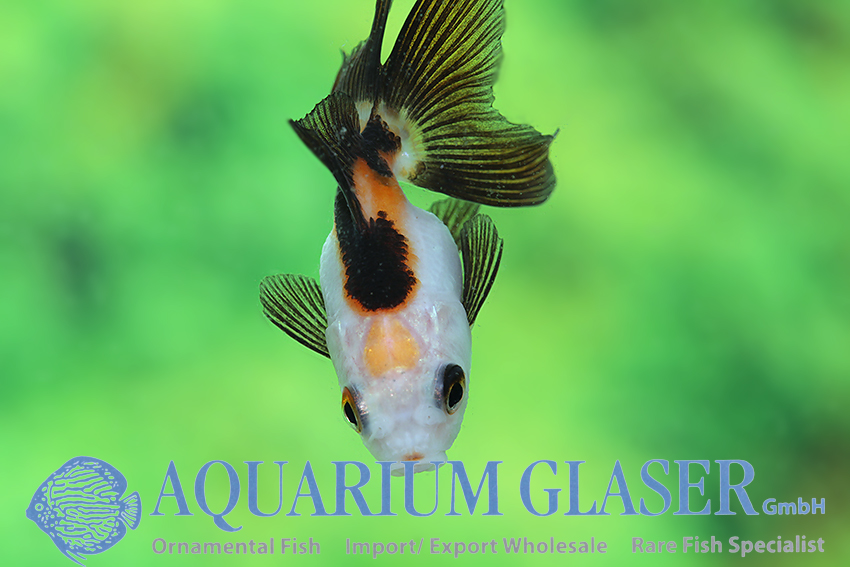
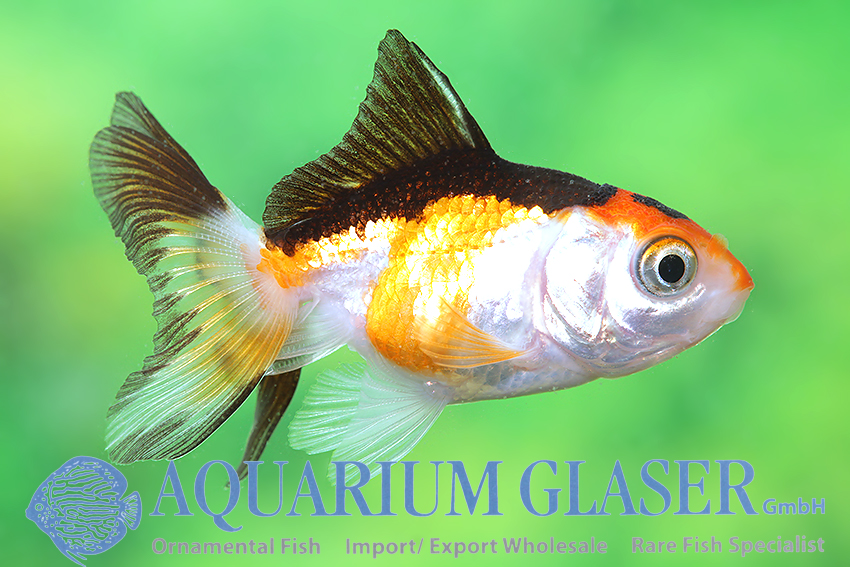
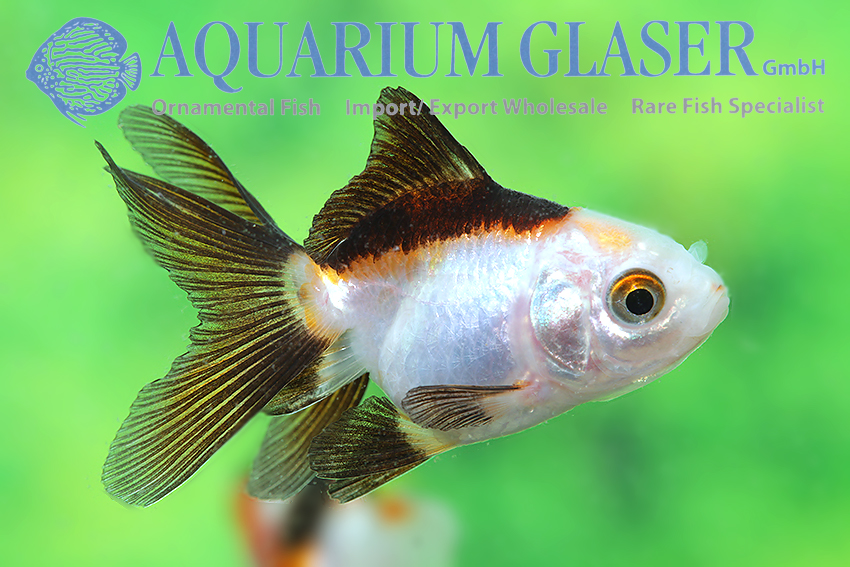
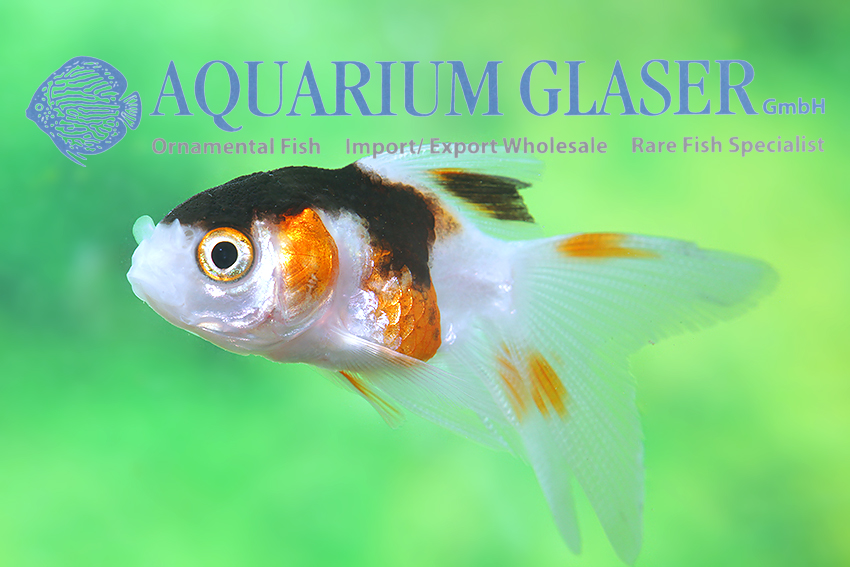
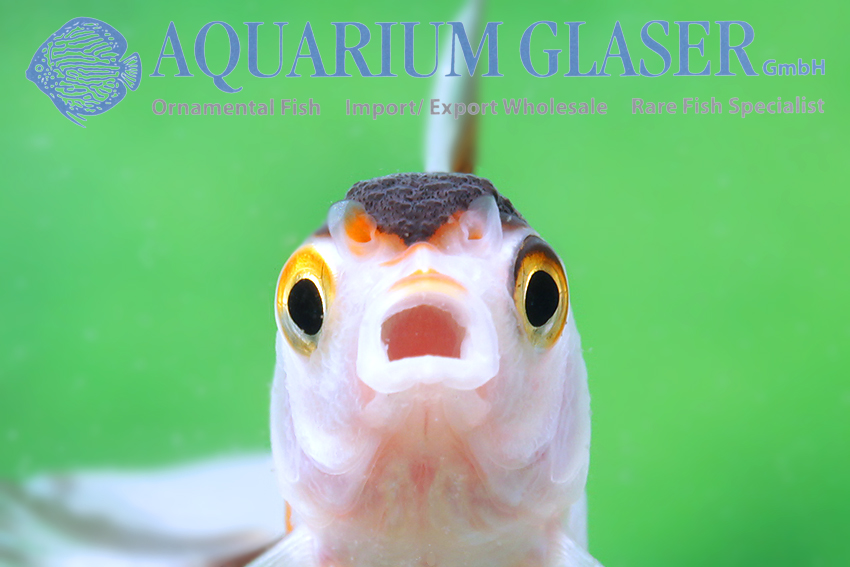
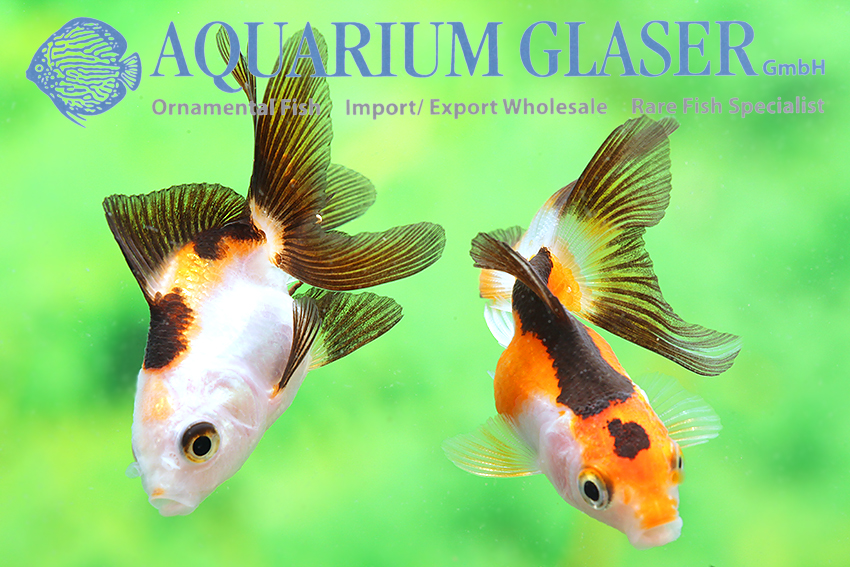
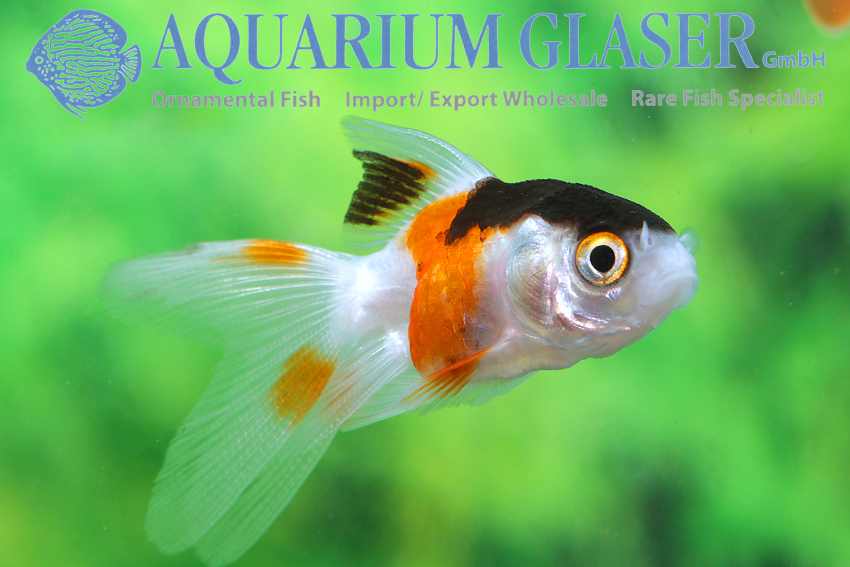
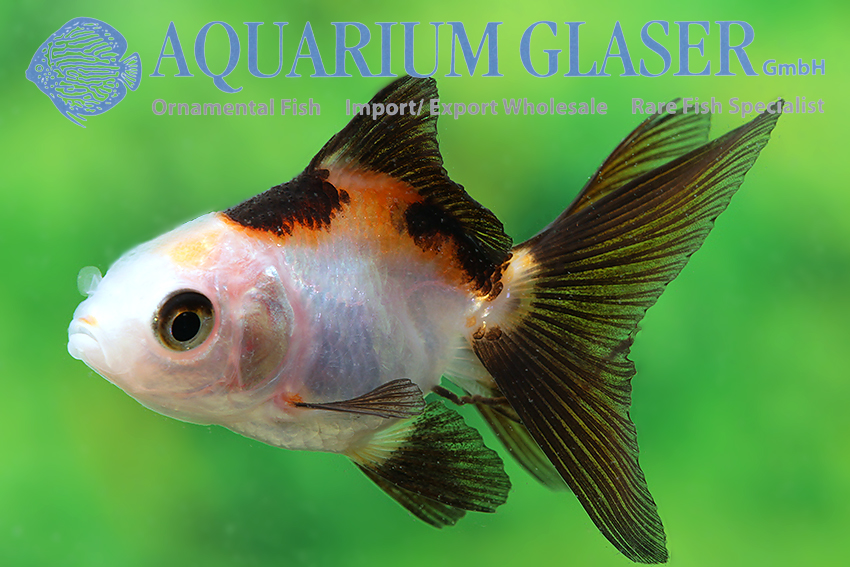
Tricolored goldfish – there should be red, black and white color parts on each animal – belong to the difficult breeding forms. Not because of the way they are kept – this does not differ from that of other goldfish – but because only a relatively small proportion of the fish in a brood actually become tricolored. The supply therefore barely covers the demand and this makes them somewhat more expensive than is generally the case.
Right now we can offer very pretty tricolored goldfish. They are still very small at 3-4 cm in length. Please do not put these animals, which in this case were bred in Thailand, into your garden pond in early spring. These young fish have never been exposed to temperatures below 24°C. Even though goldfish can generally cope physiologically with water temperatures between 4 and 32°C, they need to be acclimatized slowly. This is why small goldfish from foreign breeding farms must first be acclimatized in aquaria. They must not be introduced to outdoor ponds before mid-May, sometimes not until June. And please remember: ornamental fish belong in aquariums and garden ponds, but never in the wild. Please never release any animals or plants bought anywhere.
We have also made a short film about these fish, which you can watch here: https://www.youtube.com/watch?v=_gnDkdVnIlU
For our customers: the animals have code 815700 on our stocklist. Please note that we only supply the wholesale trade.
Text & photos: Frank Schäfer




